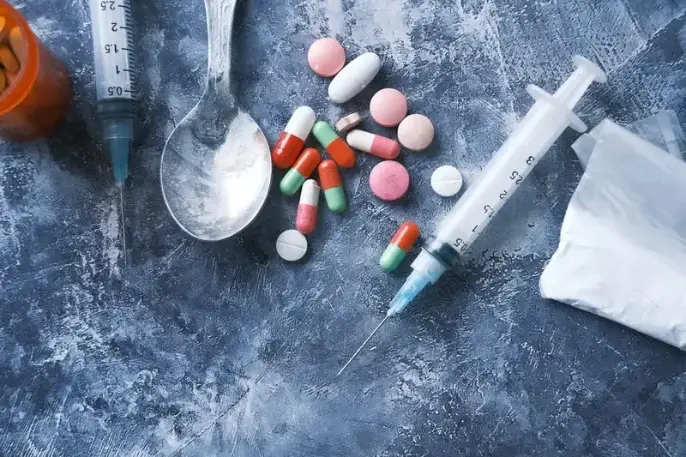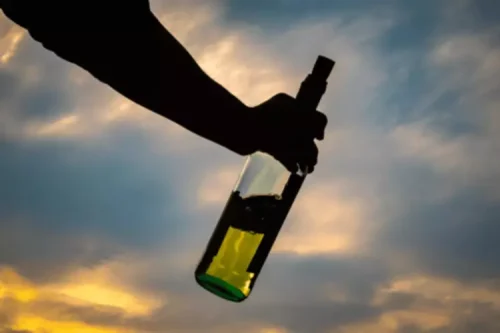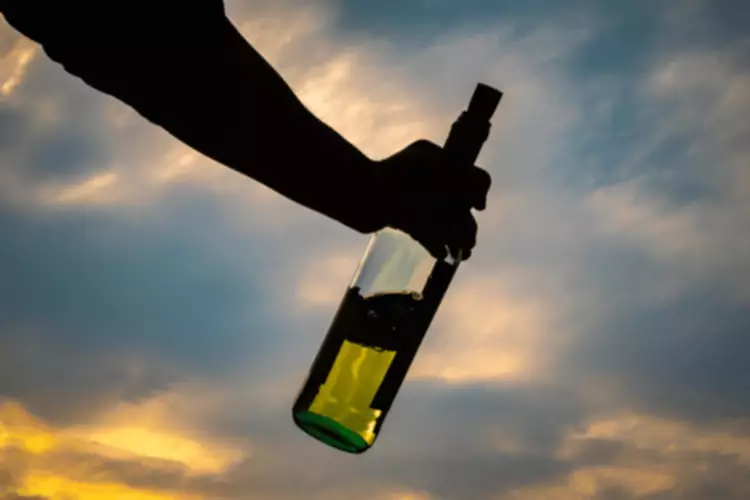
For most, growing out of this stage is normal, but for alcoholics, these patterns of usage only continue or worsen. College attendance, gender, and ethnic variations in binge drinking have been identified. Some binge drinkers only drink once a week; others even less frequently. In fact, abstaining from alcohol between sessions of excessive alcohol consumption is a key characteristic of binge drinking. You may think that because you’re not physically dependent on alcohol and don’t have to drink every day that your drinking isn’t harmful. However, binge drinking can have serious consequences and any unhealthy patterns of alcohol use can lead to more serious problems.
- This often leads to « relief drinking » to avoid withdrawal symptoms.
- Rates of cirrhosis had also plummeted, and would remain well below pre-Prohibition levels for decades.
- An intervention can help someone recognized and accept that alcohol has taken control of their life, or at least become a priority.
- However, even if you’re drinking less than this in one session, if your binge drinking is having unwanted consequences in your life, it may be time to reassess your drinking habits.
Short term
“Living in a highly cohesive neighborhood may impact social norms and constrain behavior in such a way that binge drinking is very unlikely, even if the opportunity to drink arises,” Green said. Understanding the effects of binge drinking can increase your motivation to cut back on how much alcohol you consume in one sitting. If you’re a binge drinker, the first step to changing your drinking problem is to understand what factors drive your behavior. Depending on your age, different factors may come into play, but some motivations are common among all age groups. Nine out of 10 binge drinkers aren’t dependent on alcohol, but doctors and scientists think they’re more likely to develop alcohol use disorder. Adults under 35 are more likely to do this than other age groups, and men are twice as likely as women.
Binge drinking vs alcoholism
It is only when they are forced to make a change that the problem truly becomes apparent. According to the NIAAA, those individuals who drink in low risk patterns are defined as social drinkers. This demographic is classified as consuming no more than two drinks per day for men or one drink per day for women, according to the Centers for Disease Control and Prevention.

What Are the Consequences and Health Effects of Binge Drinking?
This level can be reached for most people by four or five drinks in a two-hour span,” Lander said. The Substance Abuse and Mental Health Services Administration also defines heavy alcohol use as binge drinking five or more times per month. Deciding to ask for help, including alcohol addiction treatment, can be a hard choice. Many people with alcohol use disorder refuse to admit they have a problem.

Understanding excessive drinking
The first category of drinking is, stating the obvious, very bad for your health. But for people in the third category or edging toward the second, like me, the calculation is more complicated. Physical and mental health are inextricably linked, as is made vivid by the overwhelming quantity of research showing how devastating isolation is to longevity. Stunningly, the health toll of social disconnection is estimated to be equivalent what is social drinking to the toll of smoking 15 cigarettes a day. While considerable research on adult binge drinking has focused on social influences, the potential role of social capital has been largely overlooked. This study examines the role of social capital, assessed in terms of both neighborhood and social network characteristics, in understanding adult binge drinking.

It might seem convenient when you have company over, but it also makes it easier to reach for multiple drinks while you’re alone. If you do end up storing alcohol at home, keep in the back of the fridge or in a high cabinet—somewhere out of immediate sight. Alcohol lowers inhibitions and, in the moment, makes you feel more relaxed. Because of this initial effect, people often use alcohol to cope with social anxiety.
Can drinking raise my blood pressure?
- Most American adults drink alcohol at least occasionally, but about 1 in 4 knock back several drinks in a short period of time at least once a year.
- Although we tend to think of alcohol as reducing anxiety, it doesn’t do so uniformly.
- During the early 19th century, solitary binges became common enough to need a name, so Americans started calling them “sprees” or “frolics”—words that sound a lot happier than the lonely one-to-three-day benders they described.
- Researchers blame this kind of heavy drinking for more than half of the roughly 88,000 alcohol-related deaths — from car crashes, alcohol poisoning, suicide, and violence — that happen every year.
- Targeting policy changes and prevention and intervention efforts toward young adults may increase effectiveness and prevent both short- and long-term consequences of binge drinking.
If they’re going through a breakup or job loss, for example, be there to listen and assure them that things will get better. Instead of going to a bar where they can “drown their sorrows,” offer other alternatives, like taking a hike together or going on a road trip. Don’t bring up the subject when they’re already drinking or hungover.
- The second is a medicine to reduce any urge you may have to drink.
- If someone loses control over their drinking and has an excessive desire to drink, it’s known as dependent drinking (alcoholism).
- And it can be common for people with alcohol use disorder to deny the negative effects of drinking or that they even have a problem.
- Your role is simply to remind them of commitments they made and offer small nudges in the right direction.
In the intervening scramble for food, the leading theory goes, our predecessors resorted to eating fermented fruit off the rain-forest floor. Those animals that liked the smell and taste of alcohol, and were good at metabolizing it, were rewarded with calories. In the evolutionary hunger games, Oxford House the drunk apes beat the sober ones. Those interventions could also consider a broader definition of “place” that moves beyond a specific location to consider how larger areas like neighborhoods might impact drinking.